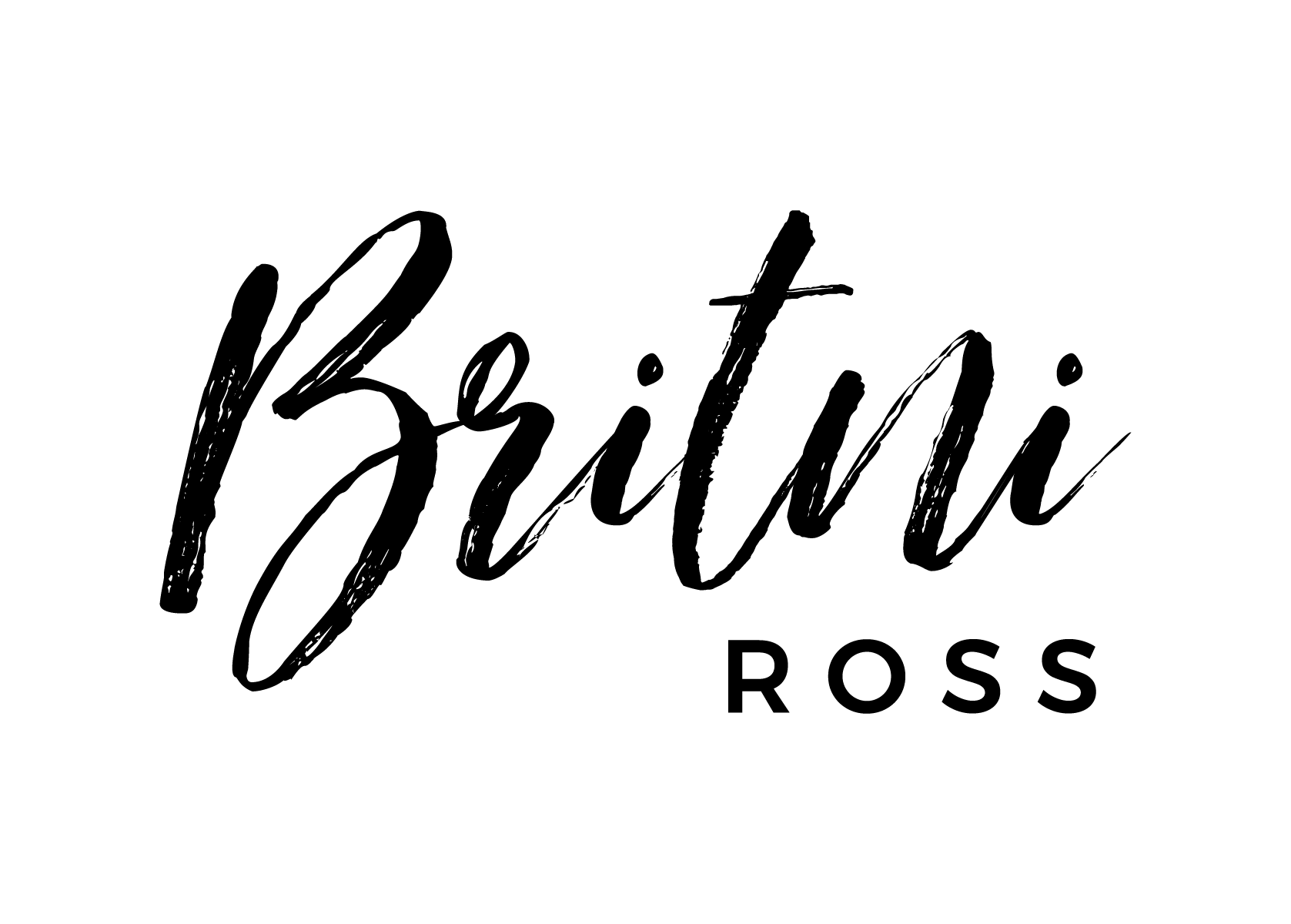
Tell me if you’ve had this happen to you too–
You’re just living your life, minding your own business and then, on some random Tuesday you look at your bank account and there they are… those dreaded (and expensive as hell if I do say so myself) overdraft fees!
Ugh, they’re the worst!
Then you spend the next few minutes in total panic mode, trying to figure out what the hell you did wrong. You scroll feverishly through your transactions until you find it. And then, all at once, there it is. That free trial you signed up for a year ago has renewed and thrown your bank account into a world of chaos. Frickin’ fantastic.
I wasted countless hours of my 20’s pleading with bankers to refund my fees. I would sit in their office apologizing for the error of my ways and swearing I would manage my account better in the future. Sometimes it worked, but eventually, it didn’t. I knew I had a choice to make. I could continue to use the “just wing it” strategy with my money that I’d been using or I could figure out a better way.
So I sat down and I created a system for myself. I know firsthand how easy it is to lose track of expenses. I was barely an adult with almost no real responsibility and I struggled. I struggled hard! Now, as a busy mom and business owner, I realize the value of the system I built to solve this problem.
It’s such a ridiculously simple system that I’m still kicking myself for not coming up with it sooner. But what’s important is figuring it out at all. Here’s exactly what I do so that I’m never unpleasantly surprised by my bank account again:
How to Track Your Recurring Expenses
I start with a spreadsheet, but you could easily store this info in an old-school notebook or drop it into a note on your phone. You’ll want to keep track of each expense, the renewal date, and the approximate amount you expect to come out of your account. I also leave room for any notes I want to leave for myself, like if I’m thinking about canceling a service before it renews.
I also find it useful to keep track of which account the money will be withdrawn from since I use multiple cards/accounts to pay for things.
I have one section for monthly expenses and another for my annual expenses.
Here, take a peek at my spreadsheet to see what I’m talking about:

So that’s step one. What you do next is more important and that is having a habit of checking in with this list regularly so you don’t forget that a payment is coming out next week.
Creating this list does nothing for you if you don’t use it.
Using a spreadsheet works for me because I have a habit of updating my finances weekly on Monday mornings. That said if you’re already using an online calendar like iCal or Google Calendars I see a strong argument for setting up reminders for each expense. Especially if you think you might forget to go back and check your expense list.
Personally, I like having a list of all my recurring expenses vs having them spread out over a calendar year. This way I can see at a glance if there’s anything I’m no longer using that could be canceled and how much I’m spending in total for all these various services.
Since I began using this system I’m never caught off guard by an expense. I no longer stress about unexpected payments which gives me tremendous confidence when it comes to handling my money. My account is no longer plagued by overdraft fees and I don’t have to waste my precious time dealing with customer service reps begging for fee refunds (because yeah, it’s not something I’m proud of but I definitely made that call one too many times in my past).
